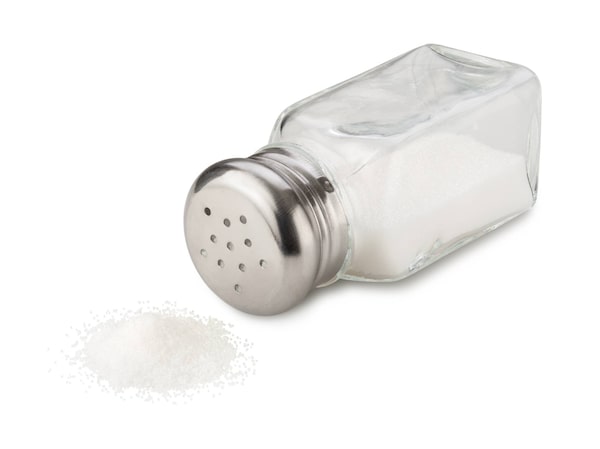
Getty Images/iStockphoto
Salt, judiciously used, is the saviour of dull dishes. It brings out the flavour in everything – but there can easily be too much of a good thing.
Unless you're baking, never add the amount of salt stated in a recipe. Differences in the type of salt used, the size of the pot and the level of heat all change the rate of evaporation and the amount of salt required. Instead, add a good pinch at the start of cooking and taste later, adding more salt only if needed.
If you did not heed my excellent advice, however, and your dish is too salty, here are some fixes. For soups and stews, double up the vegetables and recook. Add a good slug of whipping cream if it is a puréed soup. And saltiness can be balanced by sweet, sour and heat, so add some sugar, a bit of vinegar or a little chili. Dilution is a good bet, too: Add more stock, more vegetables, more thickener – they will all tone down the salt.
But never dilute gravies, soups or stocks with water. Instead, add stock or something with taste. Passata (tomato purée) works in dishes where tomatoes can be incorporated.
If a gravy is a bit salty, mix equal amounts of butter and flour into a soft mass and whisk it into the gravy a bit at a time. It will thicken and desalt. If you have oversalted a roast chicken, remove the skin and the salt will disappear with it.
For roasts, slice off the salty outside. The salt will not penetrate very far. Drain and rinse canned beans to remove some of the salt.
When salting, use a larger flake kosher salt and sprinkle it on with your fingers. This guards against adding too much. As you're cooking, taste and add salt as needed.
Is your dish still lacklustre? Grated lemon or lime zest, a hint of chili or a blast of pepper, fish sauce, soy sauce or balsamic vinegar – all will help with the blahs.
Need some advice about kitchen life and entertaining? Send your questions to lwaverman@globeandmail.com.
Registered dietitian Leslie Beck looks at the salt content in these four 'healthy' foods
Globe and Mail Update